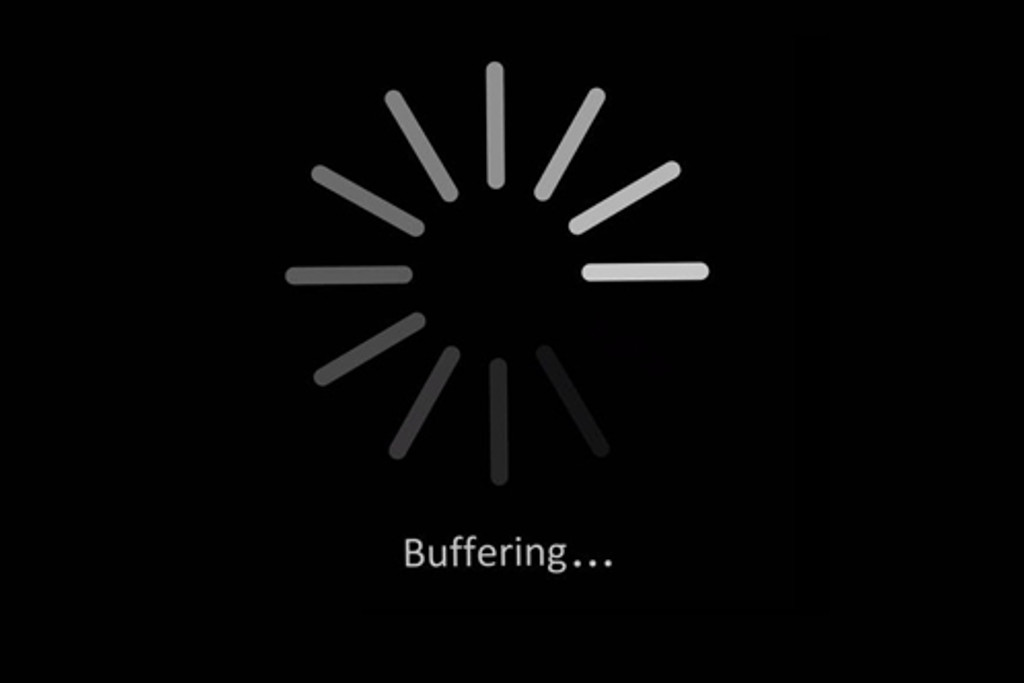Here’s Yet More Proof That The NBN Is Turning Into A Huge Clusterfuck
Bad news for around 8 million of us.

Sick of hearing about what a giant clusterfuck the National Broadband Network has become? Well, sorry, but here’s some more news: NBN Co, the government-owned company that runs the NBN, just quietly admitted that its cost-cutting, fibre-to-the-node technology will fail to deliver fast internet to around 75% of users.
Fibre-to-the-node (FTTN) was one of the technologies the Liberal government introduced to the NBN mix to help save money — instead of running fibre-optic cables (which would allow for super-fast speeds) straight to everyone’s homes (aka fibre-to-the-premises or FTTP) like Labor proposed, they decided to run fibre only to a bunch of local hubs, and then run regular old (much slower) copper-wire connections between those hubs and people’s homes.
FTTN has been wildly controversial since the government first proposed it (we have a good explainer on it here if you’re interested), but now we have NBN Co itself admitting that 75% of FTTN customers aren’t gonna be able to access the promised top speeds of 100Mbps. That’s, uh, not great.
Ugh, Who Is This Gonna Affect?
Working out who’s going to get the crappy speeds is pretty tricky, because not all NBN users are getting FTTN connections. The whole plan the government settled on involved using different technology in different areas depending on what’s cost-effective, which means some people are getting blissfully fast FTTP, others are getting similarly fast FTTC (fibre-to-the-curb), and others are stuck with FTTN.
A pretty decent chunk of NBN connections will be using FTTN, though — of the 5.7 million premises ready for NBN service to be connected in June 2017, 2.5 million were FTTN connections. That’s around 44% of current NBN service capacity, and 75% of that 44% are in for a pretty slow ride. Extrapolated out, that adds up to around 8 million Aussies who won’t have access to top speeds.
Is The Government Gonna Do Anything About This?
They could, but they’re choosing not to. While a lot of FTTN connections have already been completed, we’ve only just passed half-way in the NBN rollout, and it’s possible to make sure the rest of that rollout uses top-notch tech.
In fact, a Parliamentary committee has urged the government to do exactly this, saying it’s unfair to lump most Australians with crappy internet speeds when they were promised better. In particular, the committee slammed government suggestions that if people really want fibre to their house they can just pay for it themselves. They say that “runs the risk of creating a digital divide in which low socioeconomic areas with poor NBN are not upgraded”.
The option the committee and many experts are recommending is to complete the rest of the rollout using fibre-to-the-curb (FTTC) technology, which is like a compromise between FTTP and FTTN. It’ll be more expensive, but it’ll guarantee much higher speeds for more Australians.
Sadly, the Government has repeatedly refused to do this, saying just this week that it believes the NBN Co “has the expertise to make decisions about how best to roll out the NBN”.
Yeah, look, nah.
Had a good chat with the guy installing #NBN next door today. To save you all half an hour, I'll summarise for you:
– What they're laying down won't stand the test of time
– There's been virtually no planning involved in this
– Vote for a govt that will deliver fibre optic— Weh Yeoh (@wmyeoh) January 15, 2018

